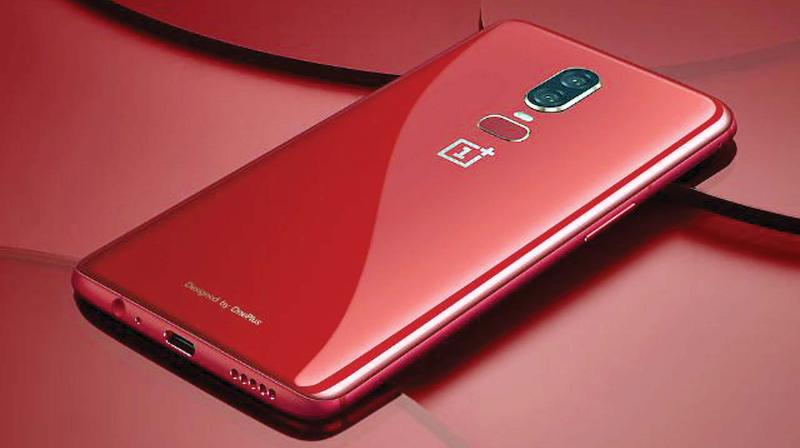Enter the dragon
Life's comforts are being increasingly served by Chinese mobiles, weighing machines and fitness trackers.

Chinese goods are getting to play a greater part in everyone’s lives. Walk into a mobile phone showroom and the most enquiries made with salesmen have invariably to do with a certain brand of Chinese phones that is holding the sub-Rs 10,000 segment in thrall. And it is not only in the budget segment that Chinese phone have made flashy inroads into the Indian mobile market. A billion plus users' marketplace once dominated by the Finnish maker of Nokia was invaded by Samsung before Apple raised the stakes in the highest segment of a lifestyle device that people used to announce themselves in society.
Take the OnePlus ads that are splashed across newspapers hailing its success in the premium Rs 30k plus segment. It is clear that the Chinese niche phone maker is giving the best and most expensive of Samsung and Apple iPhones a run for their money. I know a shopper from Dubai traversed Chennai last weekend to get his hands on a OnePlus 6, hopping from one mall to another before spotting the phone in an offline Croma store so he could take it back home instead of waiting for delivery from an ecommerce site.
Apparently, there are people prepared to wait for a weighing machine made by a prominent Chinese company which used cricket effectively to make its brand presence felt in India. This machine is supposed to tell not only your weight but also your BMI and other parameters as it connects you to an online database so you can monitor yourself over time too. Just think of it - a waiting list for a weighing machine.
The number of people wearing the fitbit tracker telling how many steps you take in a day are also making their presence felt on the wrists of morning walkers and others preparing to commit themselves to a more active lifestyle. And we are talking here only of the few lifestyle products market that the Chinese are breaking into. And they are doing so not with the old rigmarole of shoddy goods sold at the cheapest prices that used to flood the market in many areas, including LED lamps. People are actually looking for quality in Chinese goods, which represents a remarkable change from the old days. How the economists are going to view this is a different subject altogether, or, for that matter, analysts who worry about the effect on geopolitics through trade.
India’s trade deficit with China was $51.08 billion in 2016-17, marginally down from $52.69 billion the previous year, from bilateral trade of $71.48 billion. There is talk of efforts to diversify the trade basket. But the way in which the preference for Chinese goods is rising across the economic strata it does appear India will have a major problem. India may not have to worry to the extent the USA might be as China sits in trillions of US Treasury notes and in a scary scenario could unload them with disastrous consequences for the US economy. But at a point of time in the not so distant future, the trade deficit for India with China may balloon and bring up such issues of economic dominance.
Being skeptical and aware of its implications, India is not part of China's Silk Road Economic belt and the Maritime Silk Road initiative, collectively the “Belt and Road” initiative that is aimed at shaping new global political and economic alliances. It is called a road for peace by Xi Jinping, a person who now shares the honorific of the world’s most powerful man with the President of USA. The “Belt and Road” projects are in at least 76 countries and some of the deleterious effects of getting indebted to China not only through trade but also in Chinese-financed projects are emerging as in Sri Lanka feeling the pinch of repaying China’s largesse in putting up a port and highways for which the interest payments have started ticking like a time bomb besides leaving unintended consequences like the little used airport near Hambantota port, which would have come as part of the bundle. But there is no such thing as a free lunch even in a new world economic order that China is building.
Military might may have triggered changes as World War II was brought to a close. Since then, it's been trade and economic activity that has defined world relations as the manufacturers caught the fancy like in Japan, then Taiwan, and then South Korea before being swamped by China long after US and UK technological supremacy had been overrun by these innovators.
Missiles may not have to be feared as much as trade deficits by the middle of the 21stcentury. Meanwhile, we enjoy the comforts of innovation at a price that China is able to offer. It is too late in the new millennium to call for boycotts.
(R. Mohan is the Resident Editor of the Chennai and Tamil Nadu editions of Deccan Chronicle)

